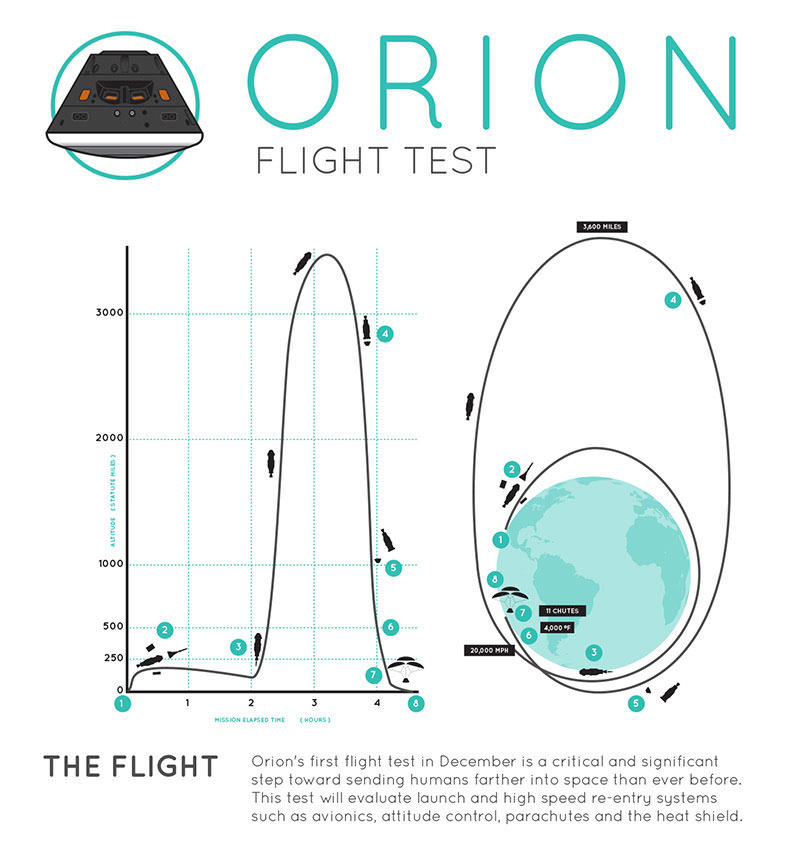After moving out to the launch pad earlier this week, NASA’s first Orion spacecraft was hoisted atop the most powerful rocket in the world and awaits blastoff from Cape Canaveral, Florida, in early December on a critical test flight that will pave the way for human missions to deep space for the first time in more than four decades since NASA’s Apollo moon landing missions ended in 1972.
NASA’s cool new set of infographics above and below explain 8 key events on Orion’s Exploration Flight Test-1 (EFT-1) mission and its first trip to orbit and back.
Orion will lift off on a Delta IV Heavy rocket on its inaugural test flight to space on the uncrewed EFT-1 mission at 7:05 a.m. EST on December 4, 2014, from Space Launch Complex 37 (SLC-37) at Cape Canaveral Air Force Station in Florida.
The two-orbit, four and a half hour Orion EFT-1 flight around Earth will lift the Orion spacecraft and its attached second stage to an orbital altitude of 3,600 miles, about 15 times higher than the International Space Station (ISS) – and farther than any human spacecraft has journeyed in 40 years.
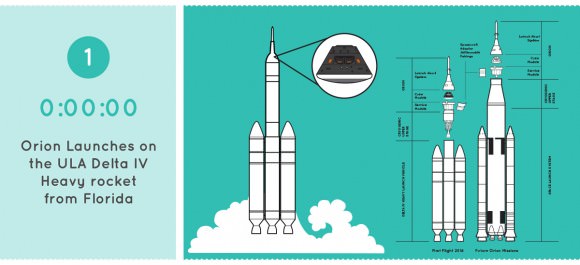
EFT-1 will test the rocket, second stage, jettison mechanisms, as well as avionics, attitude control, computers, and electronic systems inside the Orion spacecraft.
Then the spacecraft will carry out a high speed re-entry through the atmosphere at speeds approaching 20,000 mph and scorching temperatures near 4,000 degrees Fahrenheit to test the heat shield, before splashing down for a parachute assisted landing in the Pacific Ocean.
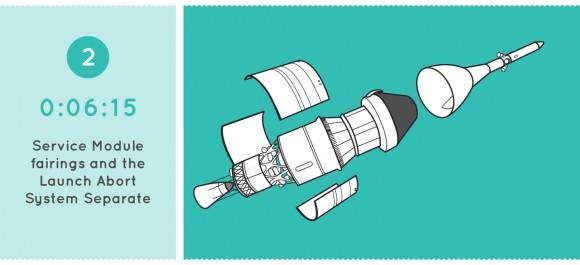
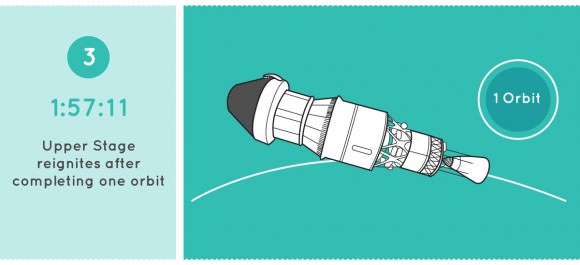
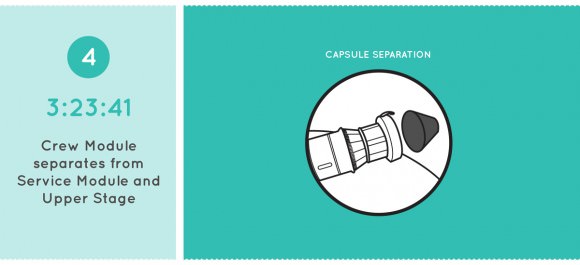
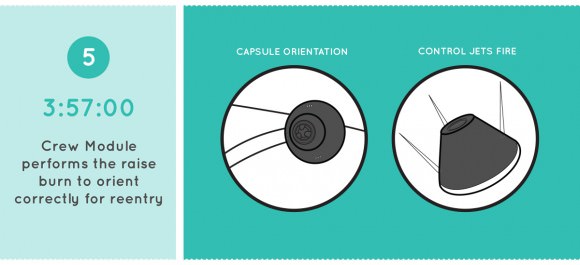
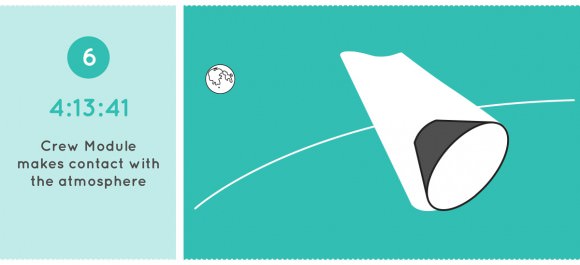
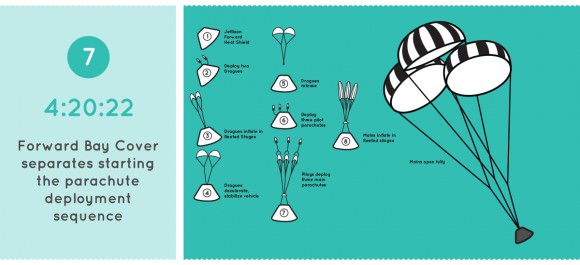
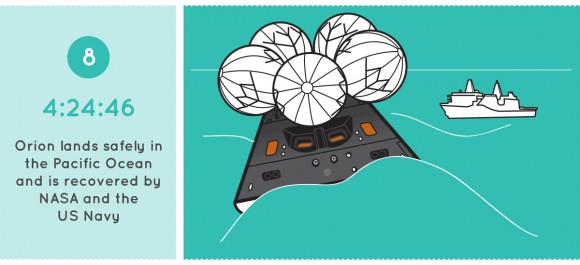
Here’s what Orion’s ocean splashdown and recovery by Navy divers will look like:
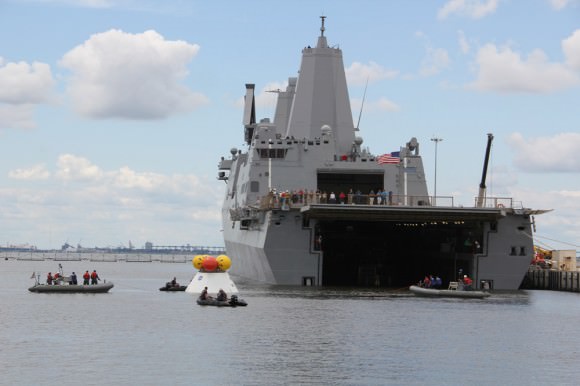
Orion is NASA’s next generation human rated vehicle that will carry America’s astronauts beyond Earth on voyages venturing farther into deep space than ever before – beyond the Moon to Asteroids, Mars, and other destinations in our Solar System.
The United Launch Alliance Delta IV Heavy rocket is the world’s most powerful rocket. The triple barreled Delta IV Heavy booster is the only rocket sufficiently powerful to launch the 50,000 pound Orion EFT-1 spacecraft to orbit.
The first stage of the mammoth Delta IV Heavy generates some 2 million pounds of liftoff thrust.
Watch for Ken’s Orion coverage, and he’ll be at KSC for the historic launch on Dec. 4.
Stay tuned here for Ken’s continuing Orion and Earth and planetary science and human spaceflight news.

